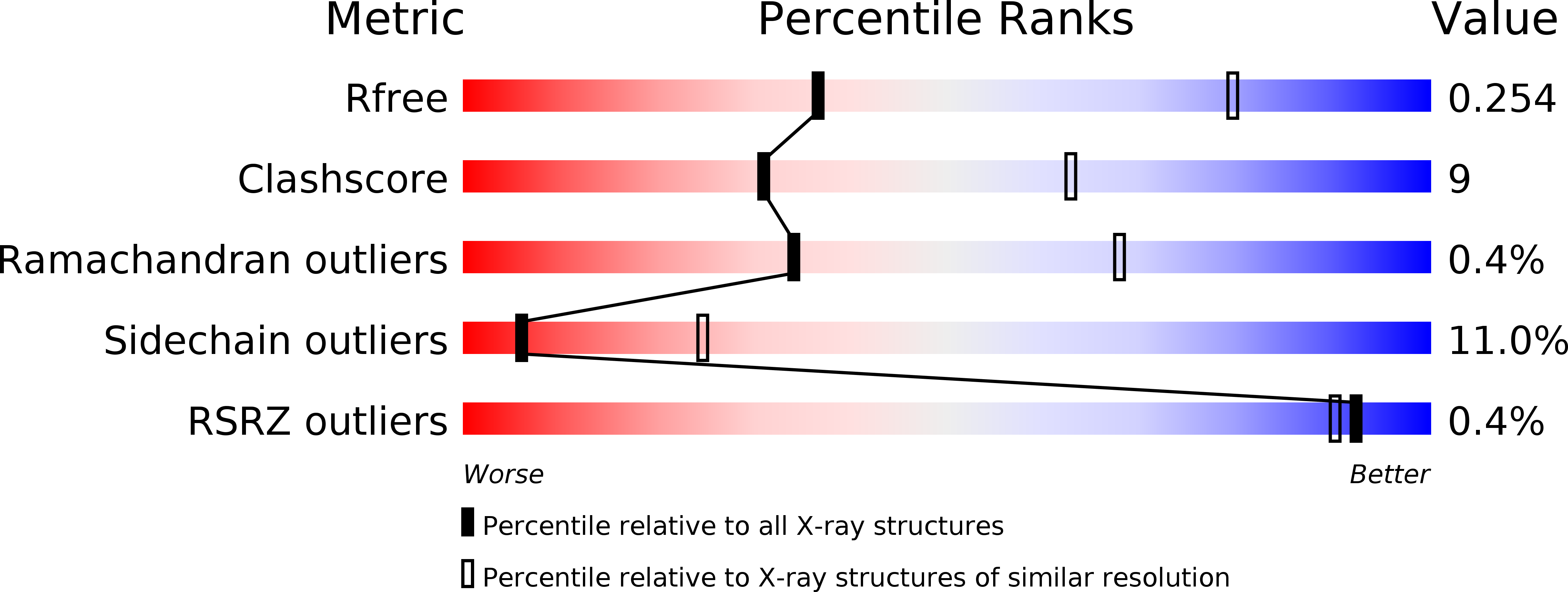
Deposition Date
2014-02-10
Release Date
2014-05-14
Last Version Date
2024-10-16
Method Details:
Experimental Method:
Resolution:
3.23 Å
R-Value Free:
0.25
R-Value Work:
0.19
R-Value Observed:
0.19
Space Group:
P 65 2 2


